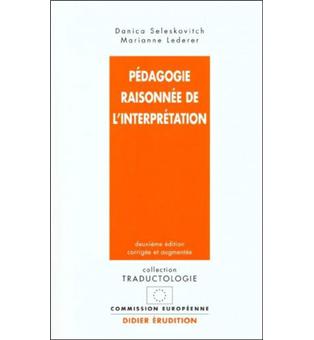The ideas below are compiled from pages 50-51, 55 and 68 of Pedagogie Raisonnee de l’Interpretation, by Lederer and Seleskovitch.
Didier Erudition 2002. This is the only book of its kind so far, written by two of the biggest names in the short history of interpreting and interpreter training. Originally written in 1989 the 2002 edition is also sponsored by the European Commission. It is also now available in translation as “A systematic approach to interpreter training”, Harmer, J.
1. The ideas. The essence. A single symbol or word can represent an entire idea.
2. Fulcra. Causality, consequence, links etc. and the relation of the ideas to one another in time.
3. Transcodable terms. Words than must be repeated rather than deverbalised and interpreted.
4. Numbers. Note the numbers immediately, interrupting whatever you are noting to note the number as they cannot be remembered from context and noted later as ideas can.
5. Proper names. If you don’t know a name, note it phonetically and see if you can work out how to say it properly in your target language later. If you can’t then substitute a generic like “the UK delegate” rather than mangling the name.
6. Technical terms. Specific to the context of the speech.
7. Lists. Lists of words which are not integral parts of the sentences in which they are held overload the memory. So note them.
8. The first sentence of each new idea should be noted with particular care. This does not mean verbatim but with care.
9. LAST sentence of the speech should be noted with particular care.
10. Striking usage. If the speaker uses a word or expression that stands out he has probably used it deliberately and will want it to appear in the intepretation.
